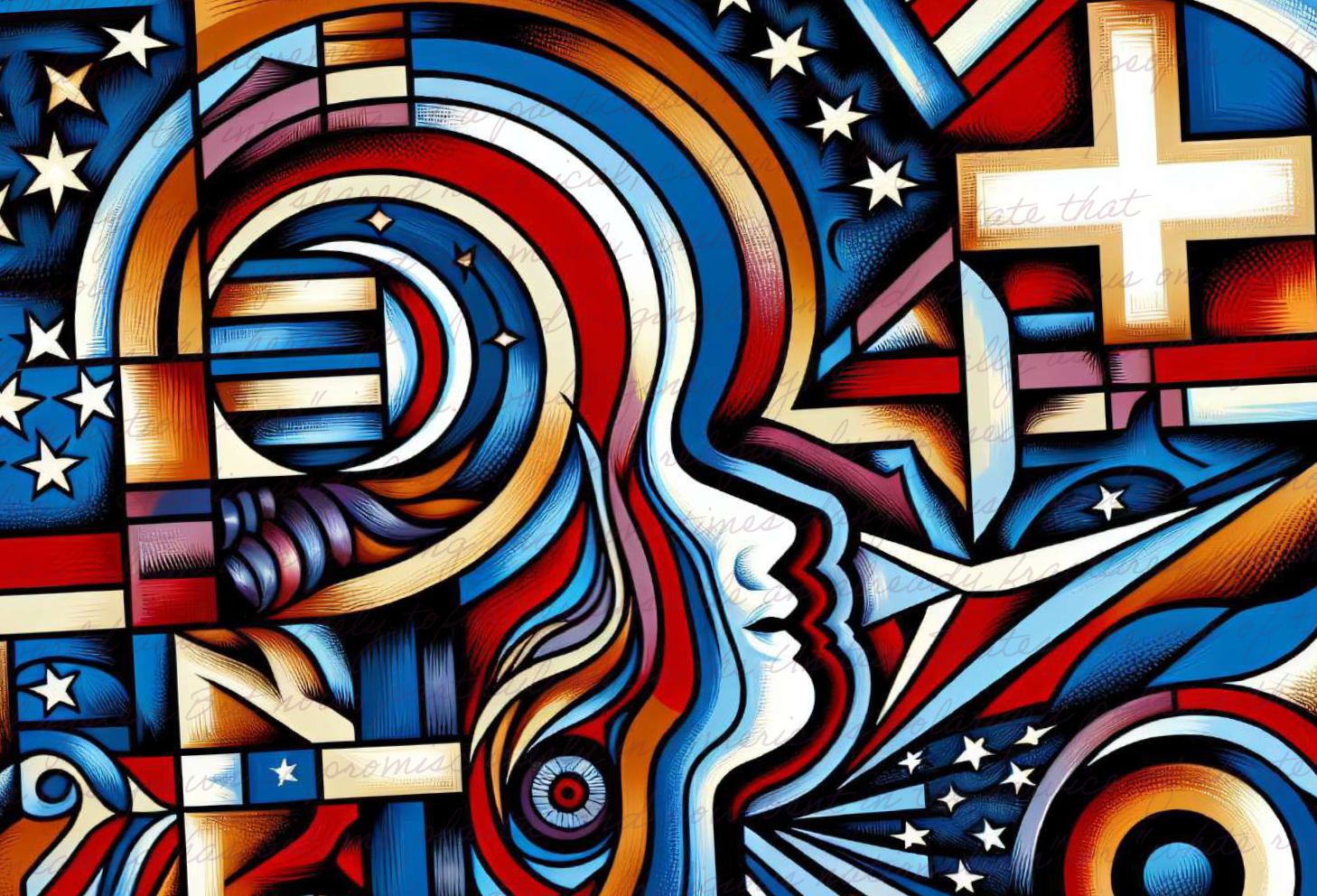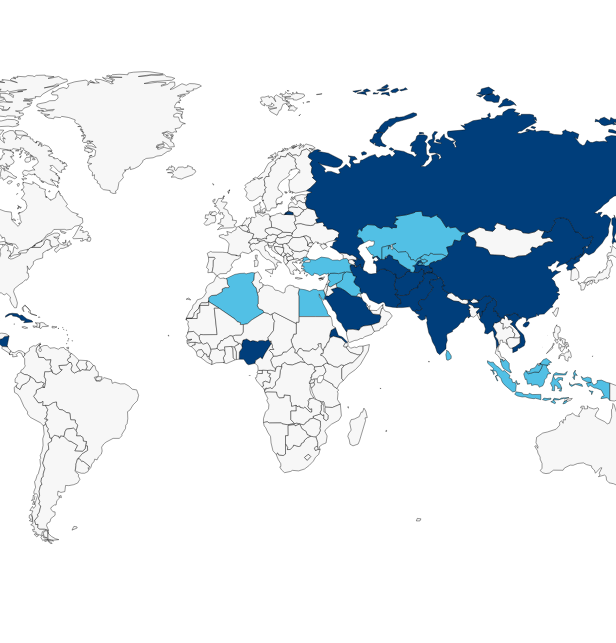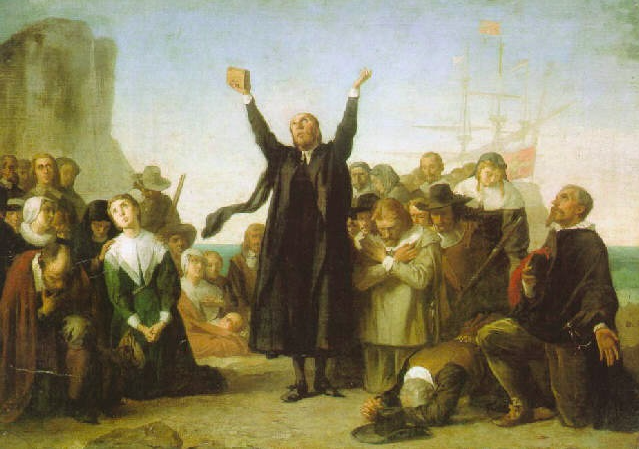By: Allen Hertzke
When we organized a national symposium on religious freedom in America at the University of Oklahoma in the spring of 2012, little did we know that clashes over the contours of this constitutional right would soon erupt in major political battles, court challenges, public mobilization, news commentary, and lobby campaigns. Nor did we expect that in some circles religious liberty would take on partisan or even pejorative connotations.
These developments make Religious Freedom in America—published this past spring—even more timely than we could have imagined, and they lend a sense of urgency to the scholarship reflected in it. In this post, I will share how this book came about and then highlight its distinct features.
The project was launched at the inaugural symposium of the Religious Freedom Project, which I direct under the auspices of the Institute for the American Constitutional Heritage (IACH), at the University of Oklahoma. Our vision in this initiative was simple: Understanding religious freedom as a central feature of the American constitutional heritage requires multiple perspectives. Thus we brought together prominent historians, social scientists, jurists, and legal advocates to explore the roots, contours, and contemporary challenges of religious liberty in the United States. The lively interaction, conversation, and friendly debate that ensued buoyed our confidence that unique insights flow from this interdisciplinary approach.
Participants in that symposium, together with others subsequently recruited, authored the original chapters in this volume. They feature incisive historical narratives, new empirical research, trenchant legal analysis, and fascinating accounts of contemporary struggles found nowhere else.
As I discuss in a wide-ranging introductory chapter, a unifying theme of the work is the centrality of conscience rights in the origins and development of religious liberty in America. Indeed, I highlight the foundational significance of James Madison’s notion that “free exercise” of religion is rooted in transcendent duties that are “precedent, both in order of time and in degree of obligation, to the claims of civil society.” From the founders’ debate about First Amendment language, to ongoing legal clashes over the scope of free exercise, to emerging flash points over the contraceptive mandate and gay marriage, to the struggles of religious minorities for civic space, we see this quest to balance duties to God with citizenship rights and obligations.
A brief review of the chapters illuminates this dynamic. Thomas Kidd opens the historical section with a lively account of the surprising alliances in eighteenth century America between skeptical deists and fervent evangelicals that keyed the success of the Revolution and propelled the adoption of constitutional provisions on religion. Vincent Philip Munoz, in turn, demonstrates the variety of interpretations of those First Amendment provisions, focusing on Madison, Washington, and Jefferson. Steven Green moves the historical narrative into the nineteenth century with an account of how the “first school prayer debate” shaped the contours of church-state separation. In these diverse ways, we see how religious and political leaders first defined and interpreted rights of conscience.
The next section of the book illuminates the profound societal and policy implications of constitutional principles. Robert Martin and Roger Finke provide an unprecedented empirical analysis of the impact of judicial standards on outcomes. They find that a high bar—strict scrutiny—for state inroads on religious liberty makes a statistically significant difference in successful religious litigation, especially for minorities, a finding of enormous relevance for current debates. Charles Haynes also provides policy guidance with his analysis of the best practices for the treatment of religion in public schools.
The final section of the book explores contemporary challenges. Robin Fretwell Wilson begins by providing a thorough and timely analysis of the clash between religious conscience rights and the state over contraception and abortion, while Harry Tepker explores the implications of constitutional equality for the gay marriage debate. The last two contributors illustrate how assertive religious minorities often protect and expand the boundaries of religious liberty. We are delighted to feature accounts of the remarkable role of American Sikhs and Muslims by Rajdeep Singh and Asma Uddin respectively. Both show how the constitutional protection of conscience rights and religious liberty facilitates the integration of minority communities.
For those looking to learn more, the publisher’s site contains a table of contents, author bios, and endorsements by John DiIulio and Mary Ann Glendon. An audio version of the book is also available.
A final word about the book cover. The publisher identified an ideal, even iconic book cover —a statue of “Religious Liberty.” This marble sculpture was commissioned in 1876 by B’nai B’rith for the United States Centennial. The main figure, representing liberty, holds her right arm protectively over a youth, symbolizing religious faith, who reaches toward the heavens and holds a burning lamp. The statue now stands on the grounds of the National Museum of American Jewish History in Philadelphia.
Allen Hertzke is David Ross Boyd Professor of Political Science at the University of Oklahoma and faculty fellow in religious freedom for OU’s Institute for the American Constitutional Heritage.
This piece was originally authored on May 27, 2015 for the Religious Freedom Project at Georgetown’s Berkley Center for Religion, Peace, and World Affairs.
THE RFI BLOG

Myths of Religious Nationalism in America and Abroad

France’s Olympic Hijab Ban Violates International Law And Exacerbates Tensions

RFI Briefs USCIRF on Lessons from 25 Years of U.S. Designating Religious Freedom Violators

Thought Police: Protecting the People from Prayer

A Religious “Delaware”: Establishing a State Haven for Religious Corporations
CORNERSTONE FORUM

Challenges to Religious Freedom in Iraq and the Critical Need for Action

Public Bioethics & the Failure of Expressive Individualism

Religious Liberty in American Higher Education

Scotland’s Kate Forbes and the March of Secularism


